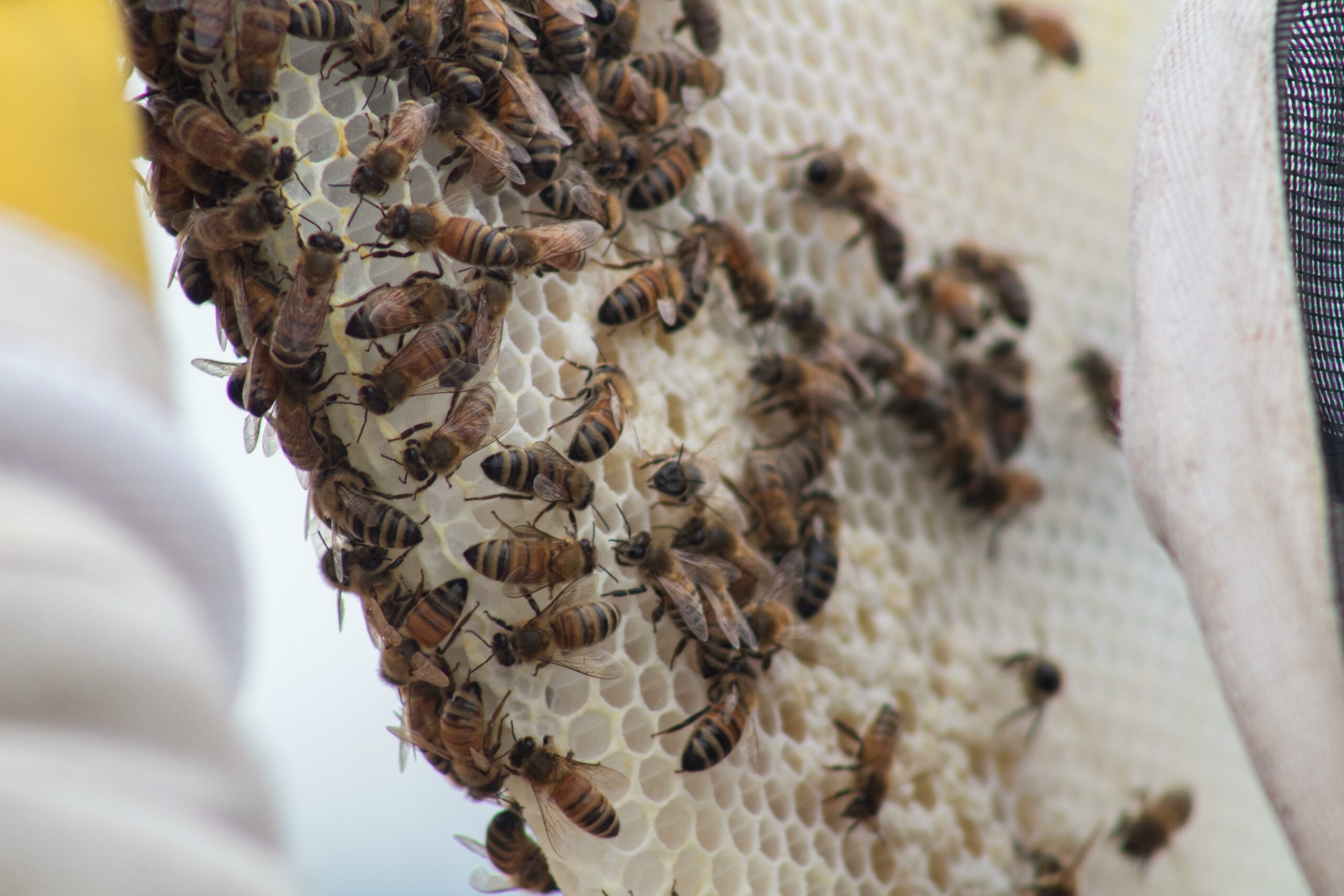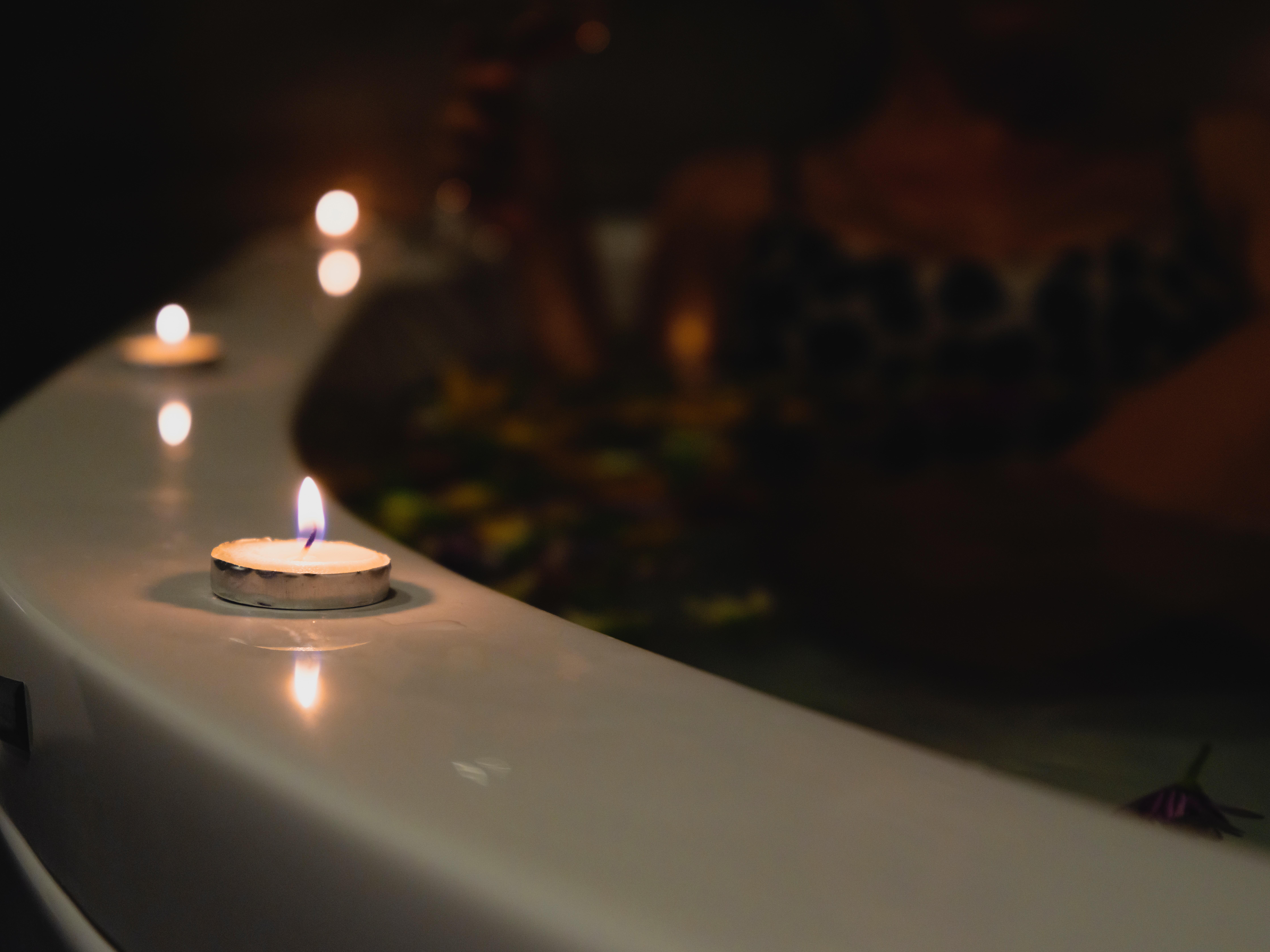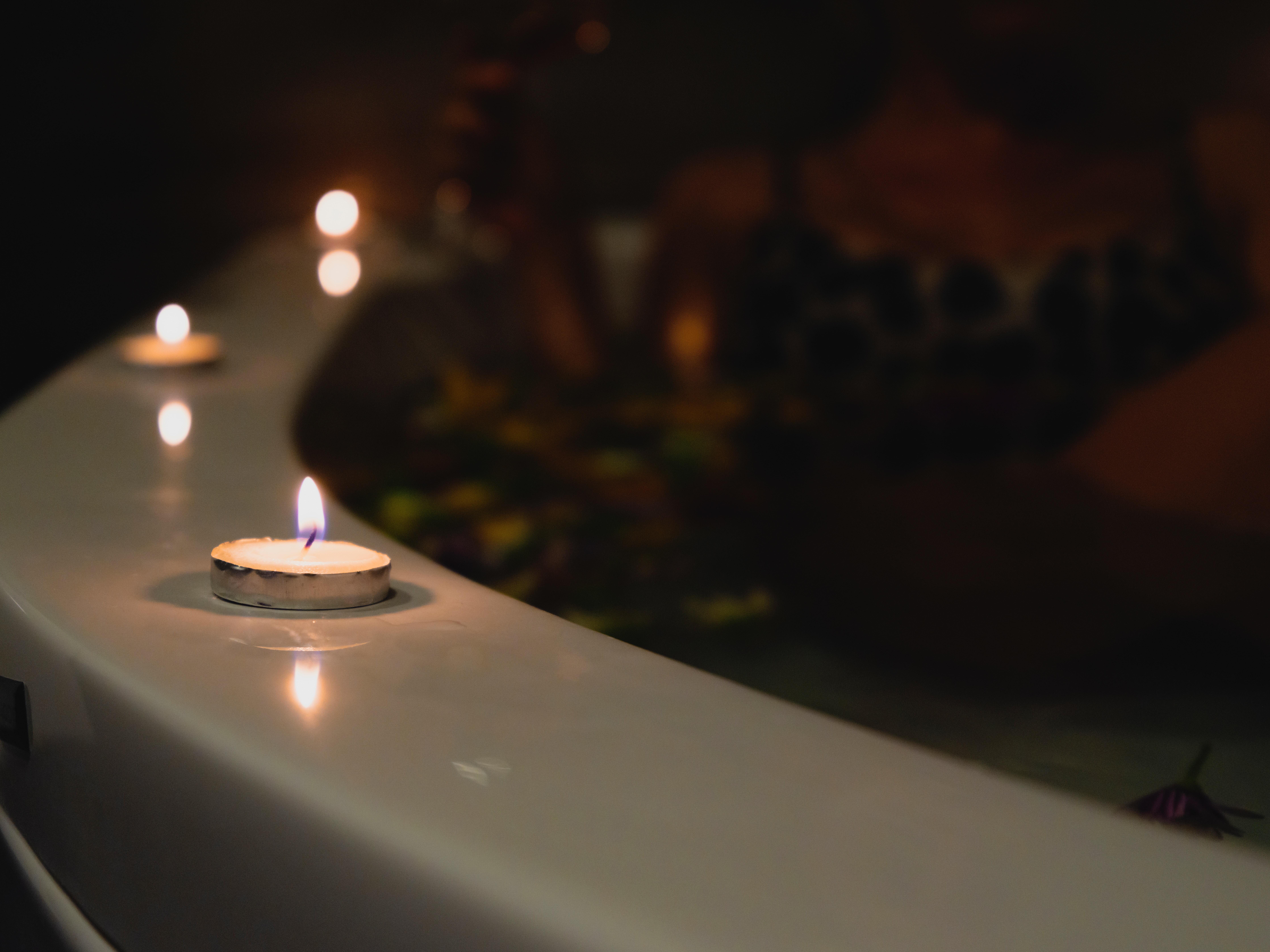Are you tired of constantly battling with unwanted body hair? Look no further – this article is here to uncover the truth and reveal the amazing benefits of waxing. We’ve all heard the myths and misconceptions surrounding this hair removal technique, but as a seasoned beauty journalist with over five years of experience, I am here to set the record straight. So, let’s start with a common belief: hair has to be a certain length to be waxed – and it’s absolutely true! Contrary to popular belief, waxing requires a minimum hair length to ensure optimal results. But that’s not all – another truth is that your skin is indeed sensitive after waxing. But fear not, with the right care and attention, you can enjoy the smooth, hair-free results without any discomfort. So, let’s dive into the world of waxing, debunking myths and exploring the incredible benefits it holds. Get ready to unveil the truth and embrace the wonders of this popular hair removal method!

Facts About Waxing
Waxing is a popular hair removal technique that many people turn to for its long-lasting results. But it’s important to separate the facts from the myths when it comes to waxing. So, let’s unveil the truth and explore the benefits of this hair removal method.
Do Hair Follicles Become Vulnerable to Infections?
One common concern is that waxing can make the hair follicles more vulnerable to germs and infections. While it’s true that waxing opens up the follicles, proper hygiene and aftercare can minimize any risks. Keeping the waxing area clean and following post-waxing guidelines provided by professionals can help reduce the chances of infections.
Remember: “With proper hygiene and aftercare, the risk of infections can be minimized.”
Does Waxing Make the Skin Smoother?
Waxing not only removes hair but can also exfoliate the skin by removing the top layer of dry, dead skin cells. This results in smoother skin. However, it’s essential to keep in mind that freshly waxed skin can be more sensitive and prone to irritation. Using soothing lotions and avoiding harsh skincare products can help maintain the skin’s health and minimize any potential irritation.
Keep in mind: “While waxing can make the skin smoother, it’s important to take extra care to prevent irritation.”
Is It Possible to Get Burned from Waxing?
Heated wax can potentially cause burning if applied incorrectly or if the temperature is too high. That’s why it’s crucial to rely on professionals who know how to handle the waxing process safely. They will ensure that the wax is at the correct temperature and applied correctly to minimize the risk of burns.
Don’t forget: “Seek out professionals who prioritize your safety and well-being during the waxing process.”
Is Waxing Exclusively for Women?
Waxing is not exclusive to women! It is a popular hair removal option for both men and women. Men can choose to wax various areas of their body, including the back, chest, and even their eyebrows. So, waxing is a great option for everyone looking for a temporary but effective hair removal method.
Remember: “Waxing is a versatile hair removal technique suitable for both men and women.”
Does Hair Grow Back Thicker after Waxing?
A common misconception is that hair grows back thicker after waxing. However, this is not true. In fact, regular waxing can lead to finer and softer hair regrowth over time. Waxing removes hair from the root, which weakens the hair follicle and can result in hair growing back finer and sparser.
Fact check: “Hair does not grow back thicker after waxing. In fact, it can become finer and sparser with regular waxing.”
Can You Wax Any Part of Your Eyebrows?
When it comes to waxing your eyebrows, it’s not limited to just the bottom part. You have the option to shape and define any part of your eyebrows using wax. Whether you want to tidy up the shape or remove unwanted hair from the top, bottom, or even in between your eyebrows, waxing offers versatility in achieving your desired eyebrow look.
Remember: “Waxing allows you to sculpt and shape any part of your eyebrows, not just the bottom.”
Is Waxing Painful for Everyone?
Waxing can be uncomfortable for some people, but it doesn’t have to be painful for everyone. Different individuals have different pain tolerances, and certain areas of the body may be more sensitive than others. However, professionals who specialize in waxing techniques can minimize discomfort by using high-quality products and employing efficient and gentle techniques.
Keep in mind: “While waxing may be uncomfortable for some, professionals can make the experience more comfortable for you.”
Can You Get Waxed During Your Period?
Contrary to popular belief, you can still get waxed during your period. Many establishments offering waxing services have sanitary procedures in place to accommodate clients during their menstrual cycle. However, it’s always a good idea to check with the salon or spa beforehand to ensure they can accommodate your needs.
Fact check: “You can still get waxed during your period in establishments that have proper hygiene protocols.”
Why Is Exfoliation Important after Waxing?
Exfoliation is an essential step after waxing to prevent ingrown hairs and maintain healthy skin. By gently removing dead skin cells, you can help prevent hair from getting trapped beneath the skin’s surface and reduce the likelihood of ingrown hairs. Regular exfoliation, combined with proper moisturization, can keep your skin looking smooth and healthy after waxing.
Remember: “Exfoliation is key to maintaining smooth skin and preventing ingrown hairs after waxing.”
How Long Do Waxing Results Last?
One of the significant benefits of waxing is that it offers long-lasting results. Since the hair is removed from the root, it takes longer for it to grow back compared to other hair removal methods. On average, waxing results can last anywhere from two to six weeks, depending on individual hair growth patterns and other factors.
Fun fact: “Enjoy weeks of smoothness with waxing, thanks to hair removal from the root.”
Why Is Post-Waxing Skincare Important?
Taking care of your skin after waxing is crucial to keep it healthy and maintain the results. Moisturizing the waxed area regularly with non-irritating lotions helps soothe the skin and keep it hydrated. Additionally, avoiding exfoliation, sun exposure, and tight clothing immediately after waxing can help minimize potential irritation and ensure the best results.
Don’t neglect your skin: “Post-waxing care is essential to keep your skin healthy and maintain the longevity of your results.”
In conclusion, waxing is a versatile and effective hair removal method suitable for both men and women. By understanding the facts about waxing and implementing proper aftercare, you can enjoy the benefits of long-lasting smoothness and healthy-looking skin. So, go ahead and unveil the truth about waxing for yourself!
Here is an example of a paragraph with active internal links:
“Are you curious about the fascinating world of waxing? If so, you’re in luck because we’ve got some incredible facts about waxing gibbous, a phase of the moon that has captivated astronomers for centuries. Discover all you need to know about this mesmerizing lunar phase by checking out our article on facts about waxing gibbous. But that’s not all – we also have a wealth of knowledge on the art of waxing hair. Dive into the world of hair removal and explore facts about waxing hair. Looking for some waxing trivia to impress your friends with? Look no further! Our article on waxing trivia is filled with fascinating tidbits that will amaze you. If you’re seeking comprehensive information on waxing techniques, benefits, and more, our article on waxing information is a must-read. Lastly, if you’re in need of some inspiration, we’ve compiled a collection of magnificent waxing examples for you to peruse. Don’t miss out on these incredible resources – click the links and uncover a whole new world of waxing!”
Hair has to be a certain length to be waxed – TRUE
When it comes to waxing, one of the most common questions is, “How long should my hair be?” The answer is simple: your hair needs to be a certain length for a successful waxing session.
You may have heard that shorter hairs are easier to remove with wax, but that’s not entirely true. In fact, hair that is too short can make the waxing process more challenging and less effective. To get the best results, your hair should ideally be between ¼” to ½” in length.
Why is the length of your hair so important? Well, the wax needs something to grip onto in order to remove the hair from the root. If your hair is too short, the wax may not be able to fully adhere to it, resulting in a less thorough removal. So, for the wax to do its job effectively, your hair needs to be long enough for it to grab onto.
Furthermore, adequate hair length is necessary to ensure lasting effects. Waxing can have lasting results for up to 3-4 weeks, but regular waxing is key to maintaining these results. That’s why it is generally recommended to maintain a waxing routine every 3-4 weeks for optimal effectiveness.
Regular waxing can also lead to finer and sparser hair growth over time. So, if you stick to a waxing routine, you could potentially say goodbye to those pesky unwanted hairs for good.
To summarize, the idea that hair has to be a certain length to be waxed is indeed true. Shorter hairs may be more difficult to fully remove with wax, as the wax needs to adhere to the hair to effectively remove it from the root. Hair length of at least ¼ of an inch is necessary for the wax to grab onto the hair. So, if you’re planning a waxing session, make sure your hair is about 1/4-inch long for successful hair removal.
And remember, proper aftercare is essential for maintaining healthy skin after waxing. This includes avoiding sweating, sunlight/heat, and wearing loose clothing. Additionally, exfoliating the skin between waxing sessions can help prevent ingrown hairs and keep your skin looking smooth and radiant.
In conclusion, understanding the importance of hair length for waxing is crucial for achieving the best results. So, make sure you let your hair grow to that ideal length before your next waxing appointment. Your skin will thank you.
“Hair length of at least ¼ of an inch is necessary for the wax to grab onto the hair.”
Your Skin is Sensitive After Waxing – TRUE
Facial waxing has gained popularity as an effective hair removal technique. While it does leave your skin looking beautifully smooth, it’s important to acknowledge that your skin can become sensitive after waxing. But what does it really mean for your skin to be sensitive? Let’s uncover the truth and explore the dos and don’ts of post-waxing care to ensure your skin stays healthy and happy.
What Happens to Your Skin After Waxing?
After a facial waxing session, it’s quite common to experience mild redness and temporary irritation. Your freshly waxed skin may appear pink or red and can be sensitive to the touch. This sensitivity is a natural response as your skin needs time to recover from the hair removal process.
Quote: “Freshly waxed skin may be pink or red and sensitive to the touch.”
Avoid Alcohol-Based Toners and Sun Exposure
To minimize any discomfort or potential harm to your skin, it’s essential to be cautious with your post-waxing routine. Steer clear of alcohol-based toners as they can burn and further irritate your skin. Instead, opt for gentle, soothing toners or natural remedies such as aloe vera gel.
Quote: “Alcohol-based toners should be avoided after waxing as they may burn the skin.”
Additionally, it’s crucial to avoid sun exposure after waxing. The hair removal process opens up your hair follicles and makes your skin more vulnerable to the sun’s harmful rays. So, be sure to protect your skin by wearing sunblock or covering up with a hat or scarf when heading out into the sun.
Quote: “Sun exposure should be avoided after waxing as the process can make the skin more sensitive to the sun.”
Bruising, Side Effects, and Aftercare
While most individuals experience only mild redness that disappears within a day, bruising can occur after waxing, especially if you have sensitive skin. It’s a result of the hair being removed from the root, causing tiny blood vessels to burst. But don’t worry, these bruises are usually temporary and fade over time.
Quote: “Bruising can occur after waxing, especially for those with sensitive skin.”
Alongside bruising, other potential side effects of waxing can include pain, rashes, temporary bumps, ingrown hairs, and even allergic reactions. However, it’s important to note that these side effects are usually rare and can be avoided or minimized with proper aftercare.
Quote: “Some common side effects of waxing include pain, redness, rashes, temporary bumps, ingrown hairs, sun sensitivity, allergic reactions, bleeding, infection, and scarring.”
Nurturing Your Skin After Waxing
Taking care of your skin post-waxing is crucial to prevent further irritation and maintain healthy skin. Applying ice or cold packs to the waxed areas can help reduce inflammation and swelling. Remember to wrap the ice pack in a cloth before placing it on your skin to avoid direct contact and potential discomfort.
Quote: “Ice or cold packs can be applied to reduce inflammation and swelling after waxing.”
To protect and care for your skin, consider using proper aftercare products and incorporating regular exfoliation into your skincare routine. Both help to prevent ingrown hairs and keep your skin looking smooth and radiant.
Quote: “Proper aftercare products and regular exfoliation can help protect and care for the skin after waxing.”
Maintaining Cleanliness and Hygiene
After waxing, your skin is more susceptible to bacteria. To avoid any potential infections, it’s crucial to keep the waxed areas clean and free from makeup or any other bacteria-laden products. Be sure to use gentle cleansing agents to maintain cleanliness without causing additional irritation.
Quote: “Bacteria is a threat to just-waxed skin, so it’s important to keep the skin clean and free from makeup or other bacteria.”
Treating and Avoiding Waxing Side Effects
If you experience redness, irritation, or any discomfort after waxing, there are various ways to treat and avoid these side effects. Using soothing creams, avoiding hot showers or activities that cause excessive sweating, and wearing loose clothing can all help to minimize discomfort and promote healing.
Quote: “There are various ways to treat and avoid waxing side effects, such as using soothing creams, avoiding hot showers or activities that cause excessive sweating, and avoiding tight clothing that can irritate waxed skin.”
In conclusion, it’s important to acknowledge that your skin is sensitive after waxing. Although it’s a temporary reaction, understanding how to care for your skin post-waxing is crucial for a comfortable and successful experience. With proper aftercare and precautions, you can enjoy the benefits of waxing while maintaining healthy, glowing skin.
Remember, if you have any concerns or persisting discomfort after waxing, it’s always best to consult a professional or a dermatologist for personalized advice. Take care of your skin, and enjoy the confidence that comes with smooth, hair-free results!
Quote: “With proper aftercare and precautions, you can enjoy the benefits of waxing while maintaining healthy, glowing skin.”
FAQ
Q: Does hair have to be a certain length to be waxed?
A: Yes, hair must be a certain length, ideally between ¼” to ½”, for a successful waxing session. Shorter hairs may be more difficult to fully remove with wax. The wax needs to adhere to the hair to effectively remove it from the root.
Q: Is it true that your skin is sensitive after waxing?
A: Yes, freshly waxed skin may be pink or red and sensitive to the touch. Redness should usually disappear by the next day. It is important to avoid sun exposure after waxing as the process can make the skin more sensitive to the sun. Proper aftercare, such as avoiding sweating, sunlight/heat, and wearing loose clothing, is important for maintaining healthy skin after waxing.
Q: What are some common side effects of waxing?
A: Some common side effects of waxing include pain, redness, rashes, temporary bumps, ingrown hairs, sun sensitivity, allergic reactions, bleeding, infection, and scarring. However, these side effects can vary depending on the individual and proper aftercare can help minimize them.
Q: How often should I wax to maintain smooth skin?
A: It is recommended to maintain a waxing routine every 3-4 weeks for optimal effectiveness. Regular waxing improves the longevity of the results and can result in finer, sparser hair growth over time.
Q: What can I do to care for my skin after waxing?
A: Proper aftercare is important after waxing to prevent irritation and maintain healthy skin. This includes avoiding hot showers or activities that cause excessive sweating, avoiding tight clothing that can irritate waxed skin, and using soothing creams or products recommended by professionals. Regular exfoliation is also recommended to prevent ingrown hairs and maintain smooth skin.
- Georgia Platform: A Southern Strategy, 1850s - March 31, 2025
- How many weeks is 40 days: Quick Conversion Guide for Accurate Results - March 31, 2025
- How many feet is 300 meters? 984 Feet: Understand Length Conversions Easily - March 31, 2025
















